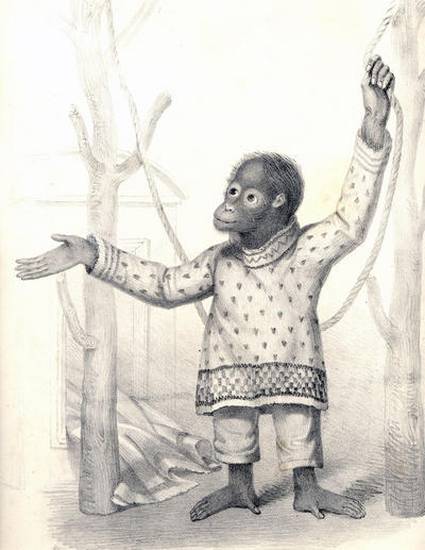
Article
The Gaze Called Animal: Notes for a Study on Thinking
The New Centennial Review
(2011)
Abstract
Over the course of several days in 1997, Jacques Derrida delivered a long lecture to attendees of a conference in Cerisy called “The Autobiographical Animal.” As part of his opening remarks, the philosopher recounted a curious little scene that served to introduce the central theme of the larger address that followed. The scene begins when Derrida reports that each morning, with an almost ritualistic regularity, he is followed from his bedroom into the bathroom by his cat, an unnamed feline, he insists, that is a real little cat, not the mere figure of a cat: “It doesn’t silently enter the bedroom as an allegory for all the cats on earth, the felines that traverse our myths and religions” (2008, 6). The action picks up when Derrida finds himself naked before this little cat, naked in front of the insistent gaze of the animal, an encounter, he reports, that he always has a “bad time” (j’ai du mal) overcoming (4). The regular meeting never fails to flood him with shame, especially if he is caught face-to-face, if the cat observes him frontally naked, as if with a view to seeing. The scene comes to an end when the cat invariably leaves the bathroom, looking for her breakfast or asking to be let out. After the presentation of this strange theme, Derrida begins to weave a remarkable set of variations, not least of which is treating the encounter as a contemporary iteration of the Biblical Fall, that first, painful moment when the human became aware of its own interiority—a coming to know oneself that means knowing oneself ashamed, in short, a consciousness of good and evil—the original primal scene, which the philosopher points out, occurred under the gaze of a rather famous Biblical animot.
Keywords
- Derrida,
- Darwin,
- Freud,
- animal studies
Disciplines
Publication Date
2011
Citation Information
Sharon Sliwinski. "The Gaze Called Animal: Notes for a Study on Thinking" The New Centennial Review Vol. 11 Iss. 2 (2011) Available at: http://works.bepress.com/sharon_sliwinski/4/
